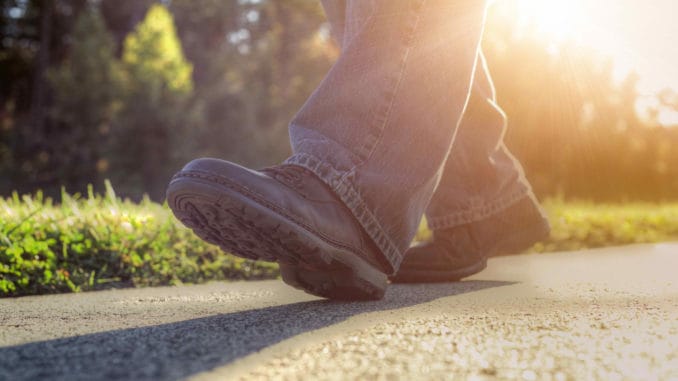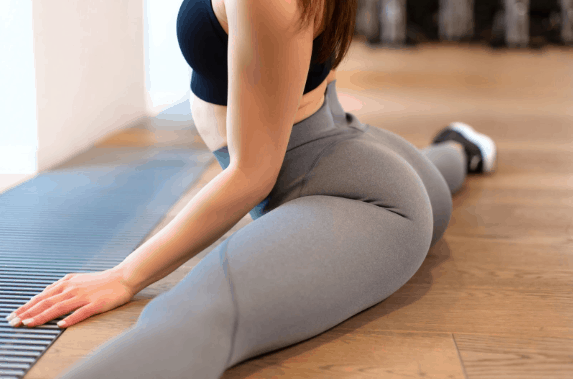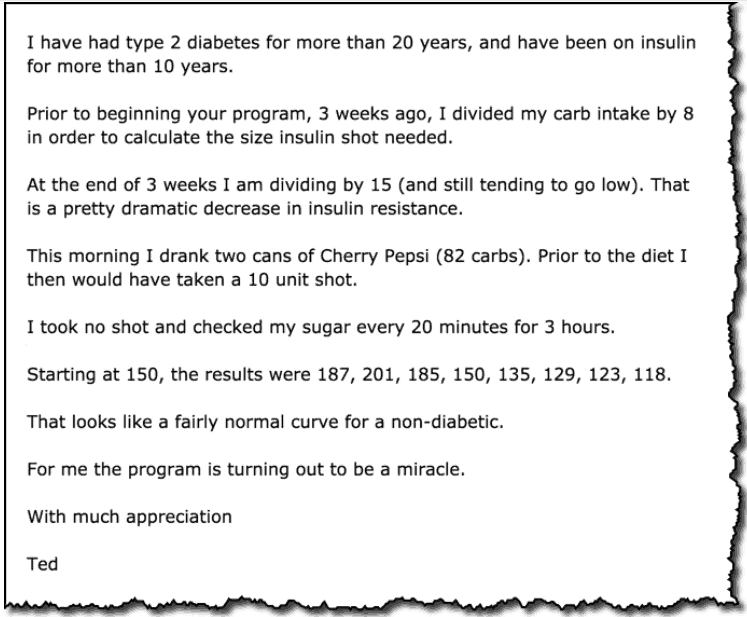
[cmamad id=”23760″ align=”center” tabid=”display-desktop” mobid=”display-desktop” stg=””]
Astonishing breakthrough is making these 70-year-old men “ripped” without having to set foot in a gym…

—-Important Message—-
“HOW is your testosterone so high?” the doctor asked…
I knew how my testosterone got so high…
And it was NOT from taking any Big Pharma pellets or injections…
The young doctor couldn’t believe it when he saw my testosterone levels.
“I’ve never seen a man your age with so much testosterone. Your levels are higher than mine!”
And it’s all thanks to this strange natural brew I’ve been drinking in the mornings…
———-
3 minutes of this = 45 minutes of weight training
We all know that short bursts of intense exercise can improve health.
But the problem is that people who are ill sometimes cannot recover from intense exercise.
And many people cannot even perform 30 minutes of weight training.
But it takes a relatively small amount of activity to see the benefit.
A recent study showed that just three minutes of walking has a huge effect on diabetes measurements.

These researchers did human experiments at the Baker IDI Heart and Diabetes Institute, Melbourne, Australia. The Journal of Diabetes Care published the results.
We know that exercise is a recommended practice to improve diabetes symptoms.
“Lifestyle interventions, including exercise, are the recommended front-line therapy in the management of type 2 diabetes.”
But many people don’t maintain exercise routines…
And that’s probably because they crush themselves with brutal and unnecessary workouts.
“Meeting prescribed exercise guidelines can be challenging, and many with type 2 diabetes remain physically inactive.”
So the scientists in this study wanted to find out if light walking was comparable to resistance training for diabetics.
[cmamad id=”23761″ align=”center” tabid=”display-desktop” mobid=”display-desktop” stg=””]
“We set out to determine whether brief bouts of light-intensity walking or simple resistance activities improve markers in adults with type 2 diabetes.”
The study recruited 24 inactive people with type 2 diabetes – 14 men and 10 women in their 50s and 60s.
“24 inactive overweight/obese adults with type 2 diabetes underwent the following 8-hour conditions on three separate days.”
The participants visited a medical center for eight hours during each part of the three-part trial.
In one experiment, the participants sat for most of the eight hours.
“Participants sat upright in a comfortable chair throughout the experimental period and were instructed to minimize excessive movement.”
And in another experiment, the participants performed three minutes of resistance exercise every 30 minutes.
“This trial was identical except that participants completed three-minute bouts of simple resistance training.”
Finally, in the other experiment, the participants got out of the chair to walk for three minutes every 30 minutes.
“The participants rose from the chair every 30 minutes and completed a three-minute bout of like walking on a treadmill.”
The treadmill pace was a moderate and comfortable 3.2 km/h.
The researchers took measurements critical for assessing type 2 diabetes during the trials.
Glucose levels:
- During the sitting experiment, glucose levels were an average of 24.2.
- Resistance training glucose levels down to 14.7.
- Walking lowered glucose levels down to 14.8.
“Interrupting prolonged sitting with brief bouts of light walking effectively attenuates postprandial glucose (mean change down 39%).”
Insulin levels:
- Sitting for eight hours led to instant levels of 3293.
- Resistance exercise lowers insulin levels to 2066.
- Three minutes of walking lowered insulin to 2104.
“Interrupting prolonged sitting with brief bouts of walking or resistance exercise lowered insulin by 36%.”
So very short bursts of walking can help with blood sugar and insulin levels.
C-peptide is another common blood test for type 2 diabetes:
Walking and resistance exercise both significantly lowered C-peptide.
“Interrupting prolonged sitting with resistance exercise or walking lowered C-peptide up to 30%.”
Triglycerides:
This was the only area where resistance exercise proved to be superior to light walking.
Resistance exercise lowered triglycerides from 4.8 down to 2.9.
In the trials, the participants didn’t do any of that. They only walked for three minutes every 30 minutes during an eight-hour period.
The study shows that brief, moderate exercise can have enormous benefits to people with type 2 diabetes.
People could achieve great improvements in health from three-minute bouts of walking throughout the day… Three minutes is not very long.
And after a while, people could move to short bursts of resistance training.
“With poor adherence to structured exercise, this approach is potentially beneficial and practical.”
This may well be a more-gain-less-pain approach to physical activity.
You should consult a healthcare professional about treating and diagnosing health problems.
—-Important Message—-
The doctor said: “No more diabetes – you can stop the insulin.”

———-

- Benefits for Type 2 Diabetes of Interrupting Prolonged Sitting With Brief Bouts of Light Walking or Simple Resistance Activities. https://www.ncbi.nlm.nih.gov/pubmed/27208318
- Interrupting prolonged sitting with brief bouts of light walking or simple resistance activities reduces resting blood pressure and plasma noradrenaline in type 2 diabetes. https://www.ncbi.nlm.nih.gov/pubmed/27512975
- Even a Little Walking Can Improve Your Health, Study Suggests https://hbu.edu/center-for-christianity-in-business/news/even-a-little-walking-can-improve-your-health-study-suggests/
